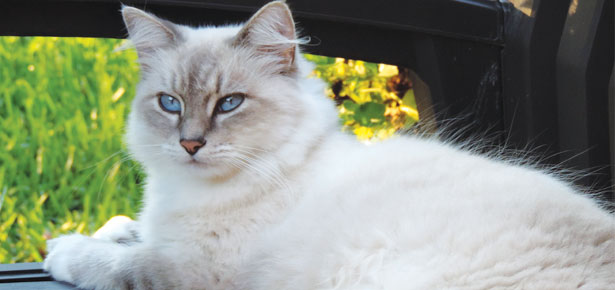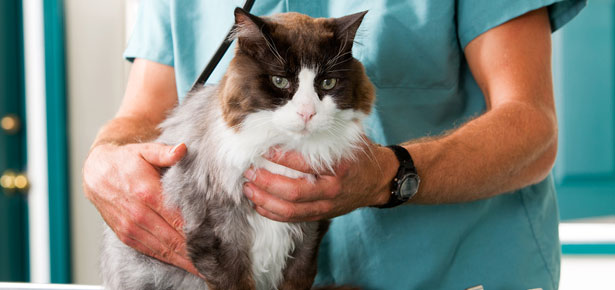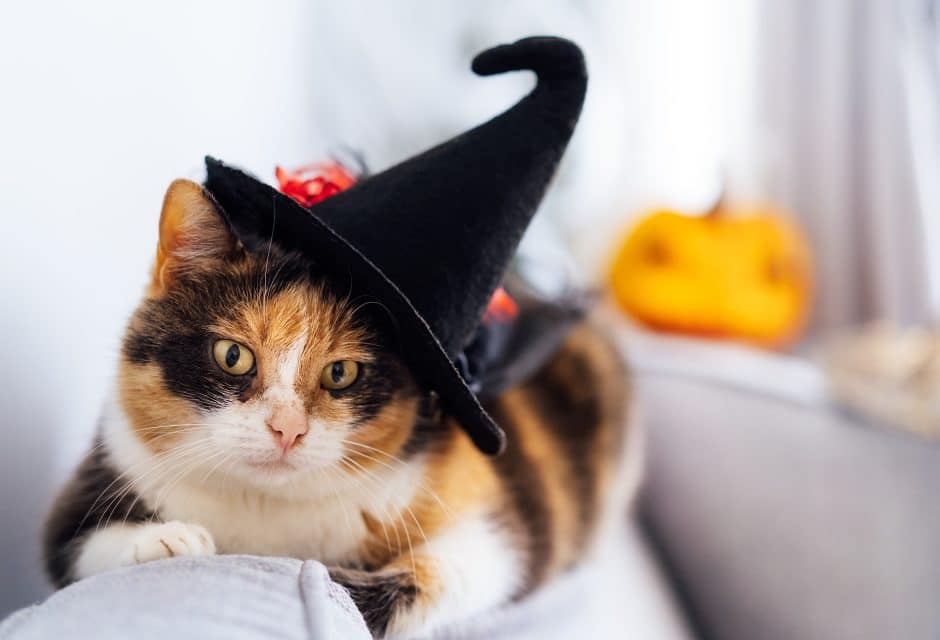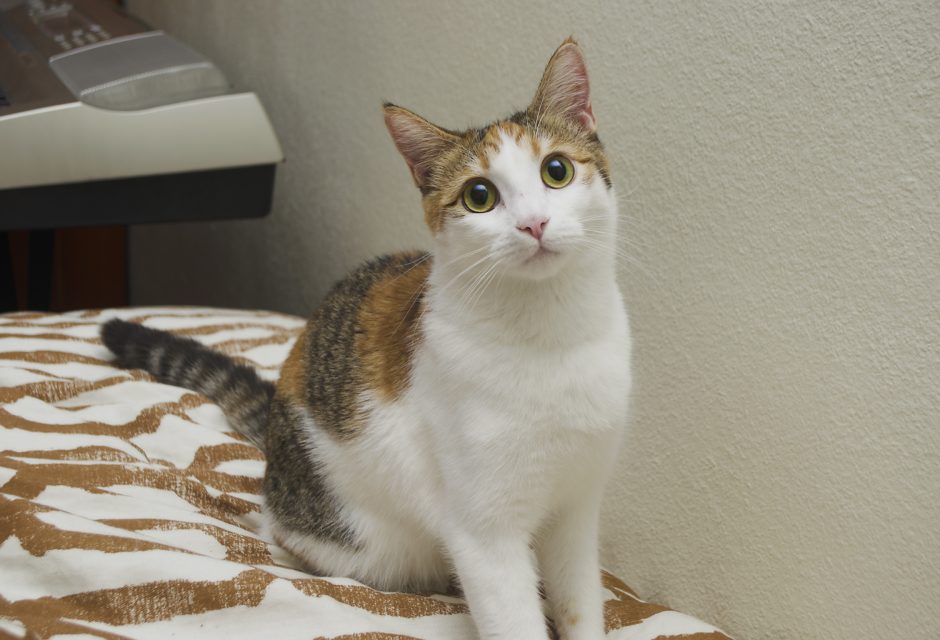

Gastrointestinal Disorders In Cats
When you see these signs, it's time for a vet visit
Frequent diarrhea, vomiting, and other signs of an upset stomach in your feline companion could be a sign of a gastrointestinal (GI) or digestive disorder. While an occasional upset stomach is normal, cat owners should inform their veterinarian if their pet frequently experiences signs of digestive issues.
“Gastrointestinal disorders are diseases that affect the digestive tract,” said Dr. Sina Marsilio, veterinarian in the gastrointestinal laboratory at the Texas A&M College of Veterinary Medicine & Biomedical Sciences. “Usually, the stomach or the intestines are the source of the problem. However, the digestive tract includes the entire tract that has contact to food or feces, including the mouth and teeth, the esophagus, stomach, small and large intestines, the rectum, and anus.”
The most common clinical signs of digestive disorders in cats are loss of appetite, lethargy, vomiting, and diarrhea, Marsilio said. However, especially in elderly cats, weight loss is another common sign of GI disease. Less common clinical signs may include constipation, abdominal swelling, and problems chewing or swallowing, which are usually due to problems within the mouth, such as issues with the teeth or esophagus, Marsilio said.
In general, Marsilio said all pets with GI signs should be seen by a veterinarian. However, cats tend to hide signs of illness, making these signs difficult to spot. Thus, Marsilio recommended taking even slight signs of lethargy or decrease in activity level seriously.
“The ability for cats to hide illness is also the reason why abdominal pain is rarely detected in cats,” Marsilio said. “Cats with abdominal swelling, regardless of how they are acting, should see a veterinarian. Additionally, if a cat stops eating for any reason, they can develop secondary liver disease. Therefore, cats that have not eaten in two or more days should also see a veterinarian immediately.”
There are various types and causes of GI disorders, but Marsilio said the disease occurs in two categories: acute—meaning the disease’s symptoms began abruptly, and chronic—meaning symptoms have persisted for a long time. However, whether the patient is experiencing acute or chronic symptoms, signs of GI disease are generally the same.
“Acute signs of a GI disease may be caused by viral, bacterial, or parasitic infections, drugs and toxins, or foreign bodies within the GI tract,” Marsilio said. “Chronic signs can be a sign of food allergies, chronic inflammation of the GI tract, or cancer.” Marsilio also said it is also important to understand that diseases outside the GI tract, such as diseases affecting the kidneys, pancreas, or liver, can cause signs of a GI disease. No matter the cause, any irregularities should be presented to a veterinarian.
If you notice your feline companion showing signs of a GI disease, there are many treatments available that can be tailored to the underlying cause of the disease and the severity of symptoms. Common treatments include checking and treating the patient for parasites, analyzing the patient’s diet and making changes as needed, and taking blood tests to confirm the patient has a GI disease.
If you notice any changes in your pet’s behavior, including eating and litter box habits, be sure to monitor it closely and take it to a veterinarian. Even if your cat is not acting sick, persistent signs of vomiting, lethargy, and diarrhea should be taken seriously.
Join the newsletter and never miss out on cat content again!
"*" indicates required fields
By clicking the arrow, you agree to our web Terms of Use and Privacy & Cookie Policy. Easy unsubscribe links are provided in every email.










